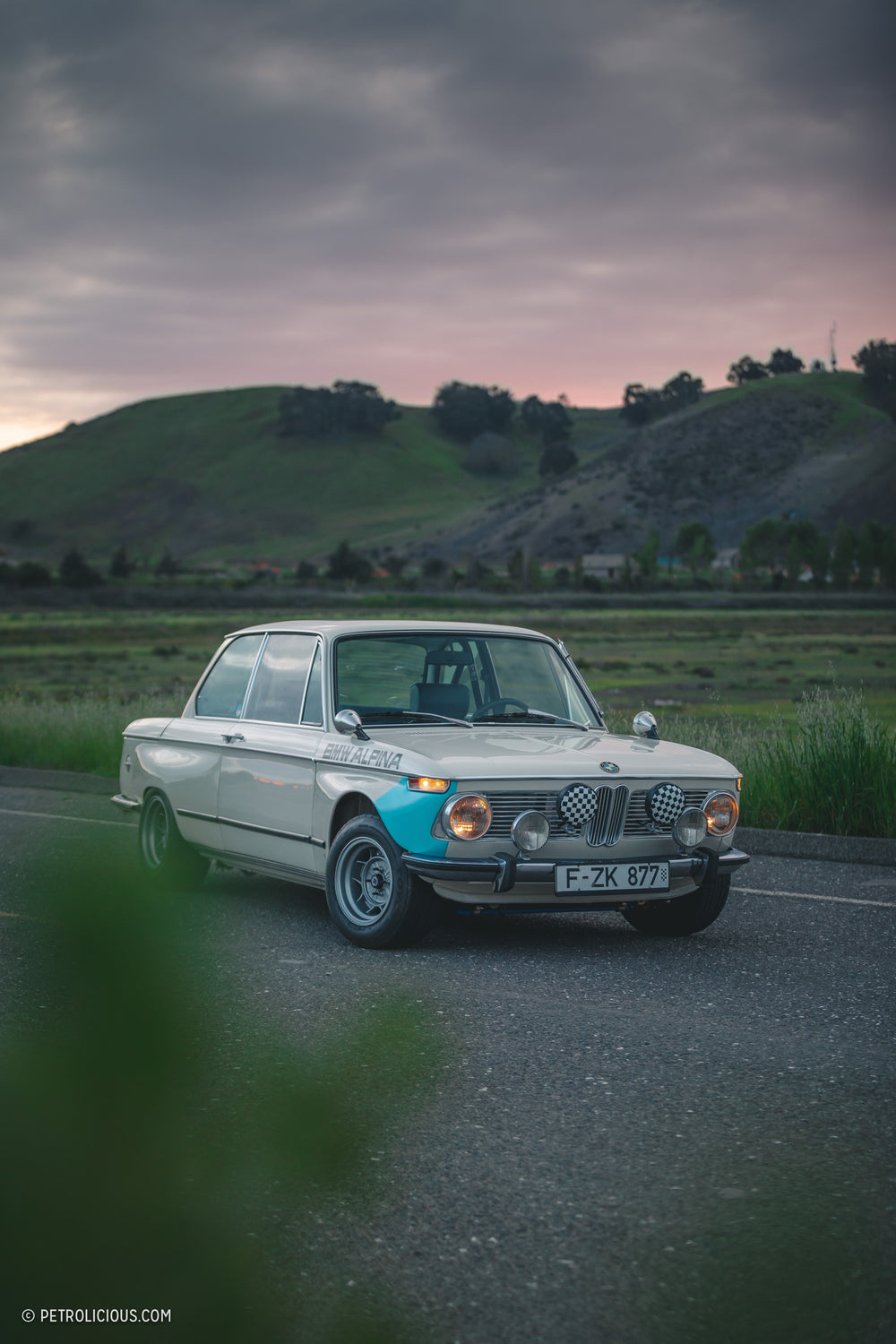It’s too easy to get lost in the statistics of fast cars. The idea that performance cars are more (or less) than their on-paper attributes seems to escape a lot of people. I’ve seen a steady and gradual increase in the amount of supercars in the Bay Area especially—and perhaps they were purchased for their looks or something other than their spec sheet—but it’s hard not to think that these folks are missing out on something. Prodigious helpings of power and grip can only get you so far.




I can appreciate the innovation and engineering that’s in the DNA of today’s cutting edge sports and supercars, but where is the fun in something that starts breaking the law in first gear? They can do anything and everything, with little to no effort on the driver’s end, and while it’s exciting to ride a rollercoaster, you lose the same sense of control. And while some may play the role of devil’s advocate and say I’m outright wrong, I’d have to counter the argument with one single question: How fast do you have to go to start feeling like you’re putting in real effort? This effort is what makes “momentum cars” so special. Gen Shibayama’s BMW 2002 Alpina tribute car is a piece of strong evidence that your perception of speed doesn’t have much to do with the what the gauges behind the wheel are indicating.




As most know, the BMW 2002 was a hard bargain to pass up in its day. What started out as a 1.6-liter, sub100hp compact sedan eventually revolutionized the way we looked at affordable and competent sport cars. The then-new 2002 had an upgraded engine from its older sister, the Neue Klasse sedan, with two liters of overhead cam power planted in a lively chassis. BMW made a few hot versions on their own, and when companies like Alpina took to tuning them, you could end up with nearly 140hp, to say nothing of the upgraded handling components and a raft of sports-focused styling modifications.
Gen, the owner of this tribute car, is the type of collector who genuinely considers the driving engagement of the cars that he adds to his impressive group. He has Porsches predominantly, but is open to anything that he appreciates, as he explains, “When purchasing a 911, I typically search for historical significance, but more so, the ‘game changing performance advancement’ type of 911s. Cars that have once been either homologated, or have serious thoroughbred reputations around them from former racing lives. But for cars that aren’t Porsches, I sift through articles that speak strongly towards that type of car, and how those cars later lived up to their reputations. Then, I like to give them a try of my own.” I’ll note that when he says try, what he really means to say is akin to a race shakedown in the canyons. With that in mind, I’ll circle back to this 2002.






It started out as a base pre-facelift “roundie,” and after going through a serious restomod session by the previous owner, ended up as it sits today. It boasts an assortment of period upgrades that give it a unique presence amongst the swaths of Turbo-fendered modded 02s out there.
The body has been widened with early Alpina “pig cheek”-style fender flares, all of the lighting and trim has been converted to European spec, and of course the tribute has been completed with the simple but impactful Alpina livery, and the car’s aesthetics are more than matched by what’s under the skin.






This Alpina tribute has recently received a fully overhauled M10, with a big cam, Weber DCOE carbs, and of course all the supporting bits that follow. Speaking of support, the interior has also been restored and upgraded to better accommodate the driver, including GTS Classics’ “Nürburgring” seats, Alpina gauges, a Momo Prototipo steering wheel, and a few other details to match or pay tribute to the original race cars in period.
When considering the right recipe for a momentum car, Gen’s 2002 is a prime example of the ideal—enough power to get you up the hills without downshifting, and enough chassis confidence to carve back down with minimal braking. So when he asked if I wanted to take it out for a weekend it was one of my faster yeses.






Within the first few minutes, I came to the conclusion that the car was near perfect. The sound of the carbs under wide open throttle was a refreshing change of pace from hearing computer-shifted V8 farts of modern sports cars. The power, though minimal, felt properly proportioned for such a lightweight chassis, and appropriate for a snaking road in the exact way a massive mid-engine V12 just isn’t.





It was rigid and stable through the corners, though to be fair the R-compound Toyos provided more grip than the car would ever need outside of a circuit environment or in the hands of a certain type of maniac. That said, I could feel the little car rotating, but never too much to where it felt that I’d lose control or even have to rebalance or adjust the line mid-corner. I could feel the undulations on the road through the steering wheel, and the feedback was tight and dialed like no other 02 I have driven to date. It was blissfully engaging puppy dog of a car for the entire run.
After the last fun drive of the weekend, I stopped to snap some photos at the end of the road, and began reflecting on the machine I had just experienced. There’s a time and place for modern cars—seemingly “now” and “everywhere”—but as long as we have roads with curves there will be also be room for cars like this.























































